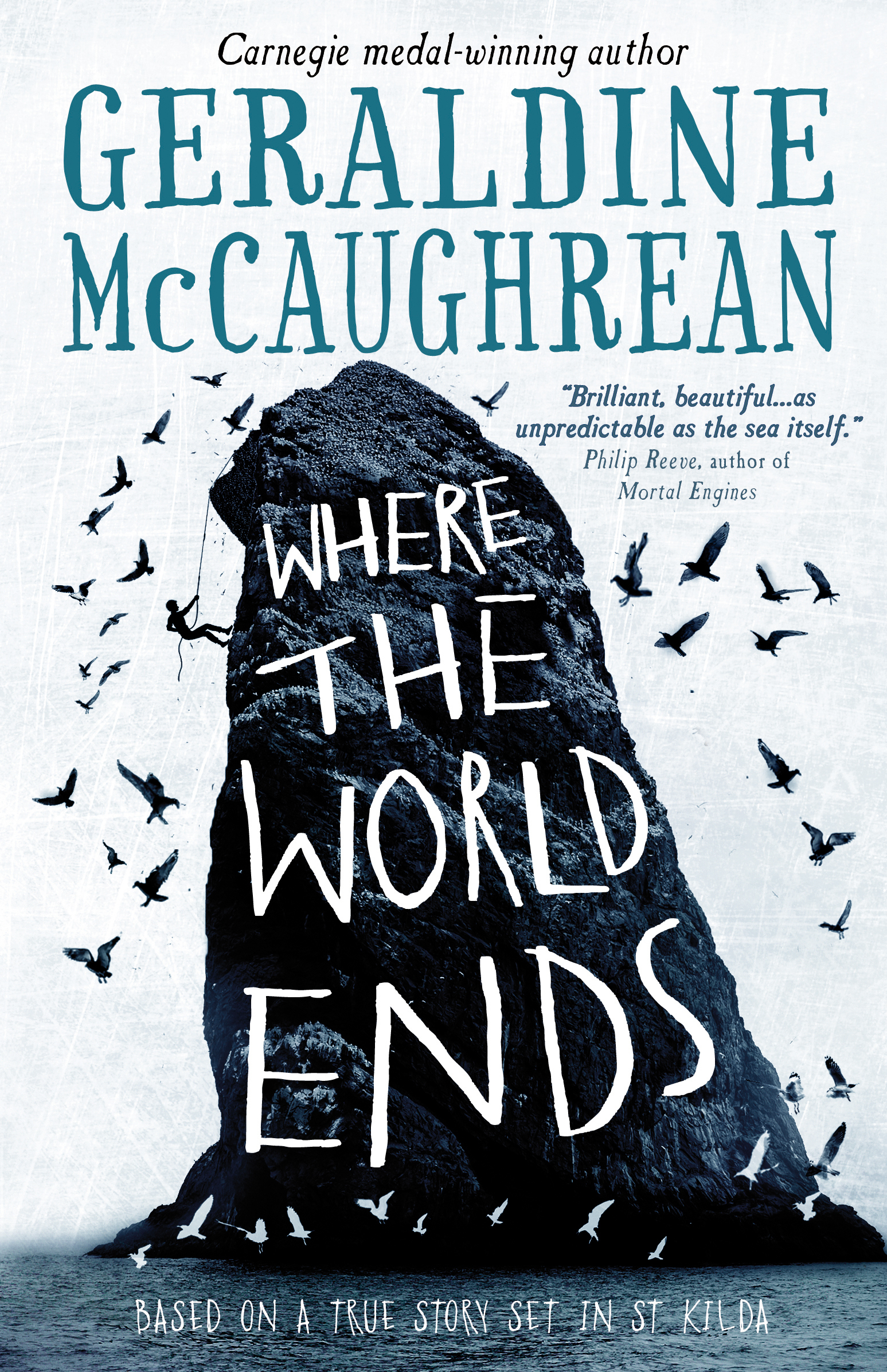What do you think?
Rate this book


336 pages, Hardcover
First published May 1, 2017
Somewhere within the rock, the shearwaters began their unearthly chatter. It made for an eerie music. "Like fairies spinning gold underground," Murdina had said when she first heard it. He repeated the words out loud - "Fairies spinning gold underground!" - and found he could breathe again. The cave was so cold that his breath made white mist as it came out of his mouth.
He was thirsty, and sucked at his wet clothes for the sake of the rainwater in them, wondering how he would catch enough to drink without any kind of pot to collect it in. Would he have to leave some piece of clothing out to soak up rainwater, then suck it dry? No, he could not spare a single item of clothing. If he was ever warm again (he told himsef) it would be with lung fever or a direct lighting strike between the shoulder blades.
There were hollows and indentations in the terrace of rock outside, but he dared not drink from them in case the sea and not the rain had filled them. Salt water would only increase his thirst. Salt water would prickle his brains and turn him into a mad thing. In thinking it, a kind of hysteria trickled like salt water over his brain pan and made his vision blur, his head spin. He feared he was mad already.
“On a diet of oily soup and ice-fringed, sleepless nights, their goodwill was failing and falling back inside their bodies, unable to reach their eyes to look out, or their mouths to smile, or their throats to speak.”St Kilda is an isolated Scottish archipelago in the North Atlantic Ocean, situated 41 miles west of Benbecula. It is bleak, sometimes beautiful, its sea cliffs the highest in the country, its narrow ledges and mighty stacs (large outcrops rising sheer-sided out of the sea) the most important breeding ground for seabirds in north-west Europe. It is also the remotest part of the British Isles.
“Warrior Stac grows bigger the closer you get. You would swear it was pushing its way upwards – a rock whale pitching its whole bulk into the sky, covered in barnacles, aiming to swallow the moon.”It is in this storm-battered, inaccessible part of the world Geraldine McCaughrean has set her latest novel, aimed at younger readers but equally likely to appeal to adults. Based on a true story, it begins on Hirta in August 1727 with a fowling party setting sail for Warrior Stac (properly known as Stac an Armin) to harvest “the summer plenty: bird meat, eggs, feathers, oil…”
“…it was spring, and spring engenders hope in every creature, from the tideline to the mountain peak.”Many thanks to Usborne Publishing for gifting a copy of this title.


This wasn't for me despite being a fan of the author descriptive writing style. I was left bored and disinterested in the story, and more often than not, found myself zoning out and not really paying attention to what was happening. Unfortunately this was a miss for me but I will definitely consider giving this another try in the future.
